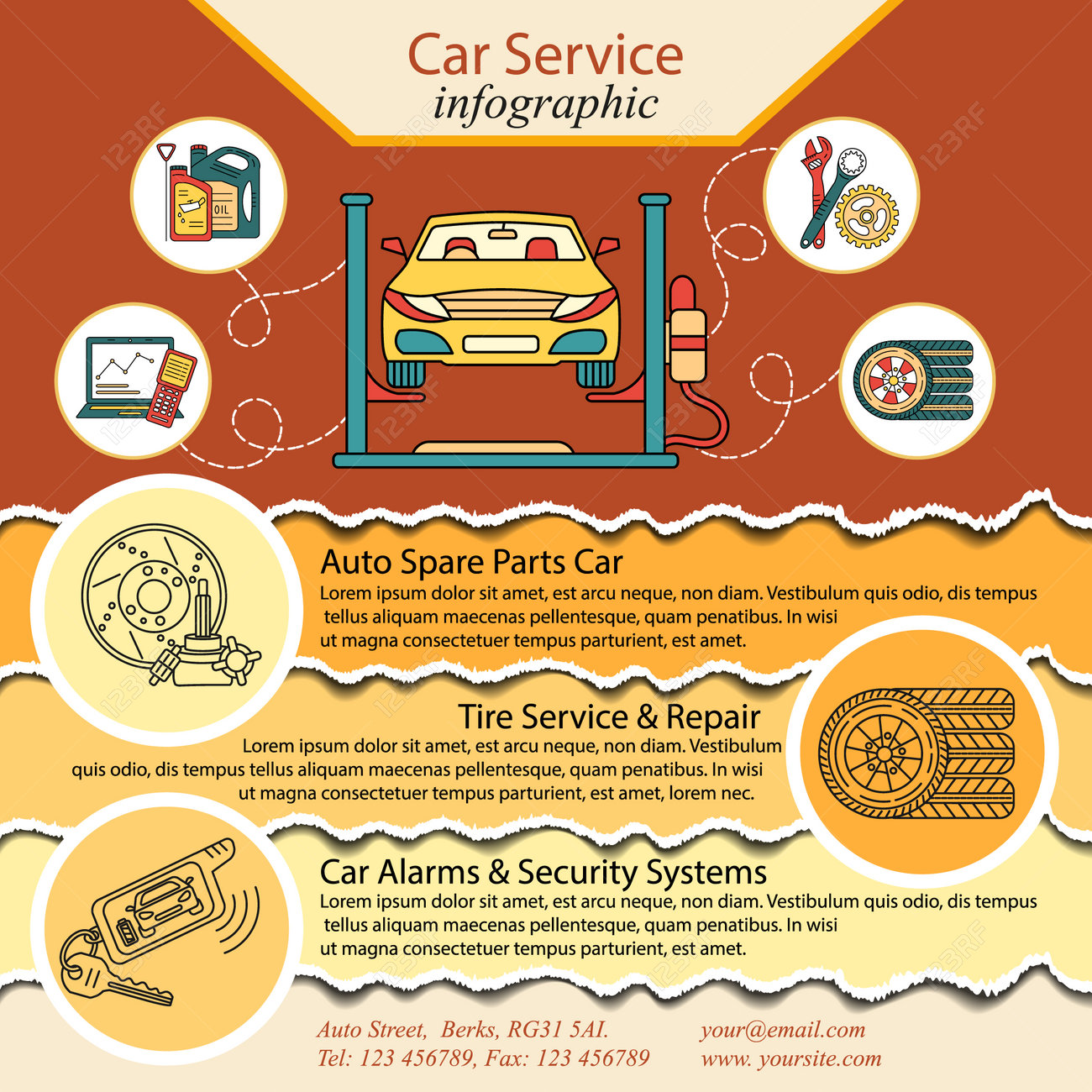Understanding The Actual Ramifications Of Caution Indicators In Your Automobile
Understanding The Actual Ramifications Of Caution Indicators In Your Automobile
Blog Article
Authored By-Cummings Mendez
When you're behind the wheel, those beautiful warning lights on your control panel can be a bit puzzling. Do you understand what they're trying to inform you regarding your automobile's wellness? Recognizing the relevance of these lights is crucial for your security and the durability of your vehicle. So, the next time one of those lights turns up, would not you intend to understand its message properly and take the needed steps to resolve it?
Common Caution Lights and Interpretations
Recognize common caution lights in your car and understand their significances to ensure safe driving.
The most typical caution lights consist of the check engine light, which indicates problems with the engine or emissions system. If this light begins, it's important to have your lorry examined promptly.
The oil pressure advising light suggests low oil pressure, needing instant interest to avoid engine damages.
A blinking battery light might recommend a malfunctioning charging system, potentially leaving you stranded otherwise dealt with.
The tire stress monitoring system (TPMS) light notifies you to low tire stress, impacting vehicle stability and gas efficiency. Overlooking this might lead to hazardous driving problems.
The abdominal muscle light suggests an issue with the anti-lock braking system, compromising your capability to quit rapidly in emergencies.
Last but not least, the coolant temperature level advising light warns of engine overheating, which can lead to extreme damages otherwise solved quickly.
Recognizing these common caution lights will aid you address concerns immediately and keep risk-free driving conditions.
Value of Prompt Interest
Understanding the typical caution lights in your car is only the primary step; the importance of promptly addressing these warnings can't be stressed sufficient to guarantee your safety on the road.
When a warning light brightens on your control panel, it's your cars and truck's means of communicating a potential concern that needs attention. Disregarding these cautions can lead to more extreme issues in the future, endangering your safety and security and possibly costing you more in repairs.
Trigger interest to cautioning lights can prevent breakdowns and mishaps. For example, a flashing check engine light could suggest a misfire that, if left ignored, might trigger damage to the catalytic converter. Resolving this promptly can save you from an expensive repair work.
Similarly, a brake system advising light might signify low brake liquid or used brake pads, crucial parts for your safety when driving.
DIY Troubleshooting Tips
If you notice a warning light on your control panel, there are a few DIY repairing suggestions you can attempt before seeking specialist assistance.
https://oilchangeplacesnearme39516.liberty-blog.com/27798829/are-you-interested-to-reveal-the-mystery-behind-what-develops-trustworthiness-in-an-automotive-repair-work-center is to consult your vehicle's manual to comprehend what the certain warning light shows. Often the problem can be as straightforward as a loose gas cap causing the check engine light. Tightening https://www.kbb.com/car-news/20-tips-for-safe-winter-driving/ may resolve the trouble.
Another common problem is a reduced battery, which can trigger various advising lights. Examining the battery links for rust and ensuring they're secure might repair the issue.
If a caution light lingers, you can try resetting it by disconnecting the vehicle's battery for a couple of mins and afterwards reconnecting it. Furthermore, examining your automobile's fluid degrees, such as oil, coolant, and brake fluid, can assist repair alerting lights connected to these systems.
Verdict
To conclude, understanding your car's warning lights is necessary for keeping your lorry running efficiently and safely. By immediately addressing these informs and knowing what they imply, you can prevent pricey fixings and possible failures.
Remember to consult your cars and truck's handbook for particular information on each warning light and act as necessary to ensure a trouble-free driving experience.
Remain notified, remain safe when traveling!
